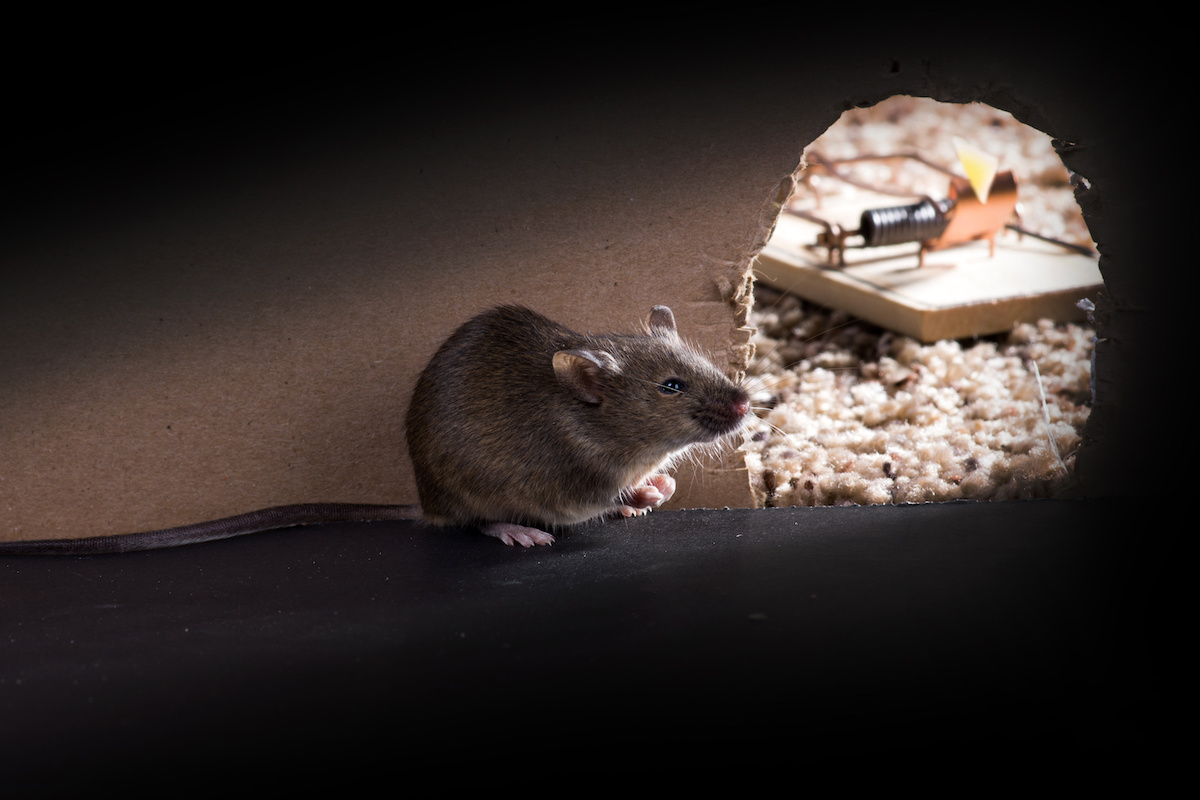If you’ve ever had to deal with house mice, you know how quickly and easily they can take over a home. Not only are these pests unsightly, but they can also be a health hazard and cause a great deal of damage. Thankfully, there are a few simple steps you can take to get rid of house mice and keep them from coming back.
Whether it’s a DIY solution or professional help, there are a variety of ways to control house mice and keep your home safe and pest-free. Learn everything you need to know here about house mouse pest control. This is including the different types of control methods available, how to tell if you have a problem, and how to prevent future infestations.
What is a House Mouse?
In the most general sense, a house mouse is any mouse that lives in and around houses. These rodents are a common problem in many parts of the world, including the U.S. Mice can squeeze through impressively tiny holes, making it easy to gain access to your home. A mouse is smaller and more slender in comparison to a rat. Their tail is also long and slender, unlike rat tails which are short and hairy.
Meanwhile, these creatures rely heavily on their sense of smell, hearing, and touch. This is because they have weak eyesight. They see the best in dim lighting.
You can sometimes find mice in attics as well as garages. House mice prefer to live in warm, dry places with easy access to food and water. They are notorious for damaging wiring and food stores while they create nests and burrows in walls and ceilings.
Appearance
The house mouse is one of the most common species of mouse in the US. These mice range in size from about 5-7 inches long, including the tail.
This species also has small, black beady eyes with large ears. The most common colors of house mice include light brown and gray.
Habitat
Mice are very adaptable rodents that can live almost anywhere. They prefer to live in warm, dry areas and near sources of food and water. Because they are small enough to squeeze through small openings, they can easily enter your home. Once inside your home, mice can build nests and burrow into walls. The droppings, urine, and nesting materials left behind by mice can cause a strong, musty odor as they decay. In addition, a mice infestation can cause significant damage to your home, including gnawing on wires and food and water sources.
Behavior
House mice are very social creatures who live in groups known as nests. While mice in the wild can have a wide range and travel a lot, indoor mice are generally territorial and stay close to their nests.
Nests are usually made in the walls and are made up of shredded paper and cloth, including fabric from clothing, bedding, and drapery. If a nest is found, it’s important to get rid of it quickly. They are usually very careful to only come out at night and hide during the day. While mice aren’t usually aggressive. However, they will bite if they feel threatened.
Signs of a House Mouse Infestation
If you notice droppings that look like tiny seeds or grains around your home, there may be mice in your walls or attic.
You may also notice mice chewing holes in cardboard boxes and other materials that they can use for nesting. A house mouse infestation may have you hearing noises at night, such as running and squeaking, particularly in the walls or ceiling.
If you see droppings and other signs of mice in your home, get help from a pest control professional to get rid of the infestation as soon as possible. House mice reproduce quickly and can cause significant damage to your home.
House Mouse Pest Control from James River Pest Solutions
One of the most common pests found in homes across the globe, house mice are often difficult to control. This is mostly due to the fact that they reproduce quickly and often build nests in hard-to-reach areas.
Additionally, there are a variety of control methods available. Homeowners typically turn to traps to rid of mice. However, this often is not enough to rid of an entire infestation.
Other helpful methods include sealing off areas that house mice may use for shelter, such as un-insulated or unsealed areas of the home (e.g. un-insulated walls), and using repellents that are less toxic to humans than other house mouse pest control methods.
Despite the various control methods available, it’s important to remember that house mice are hardy pests that can easily re-infest a home if sanitation practices are not maintained. Get in touch with James Rivers Pest Control for help with house mouse infestations.
